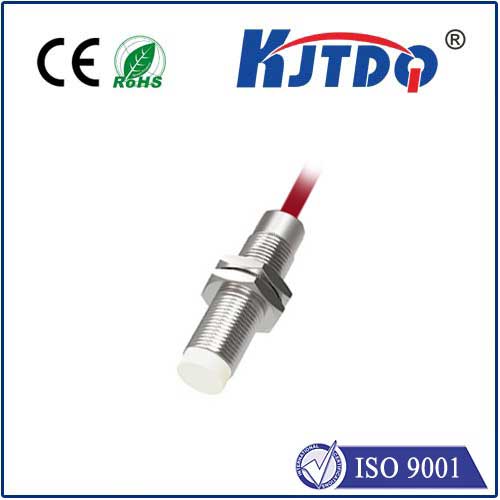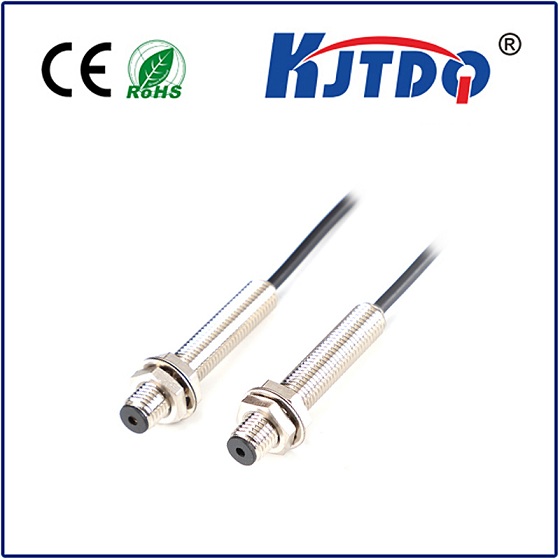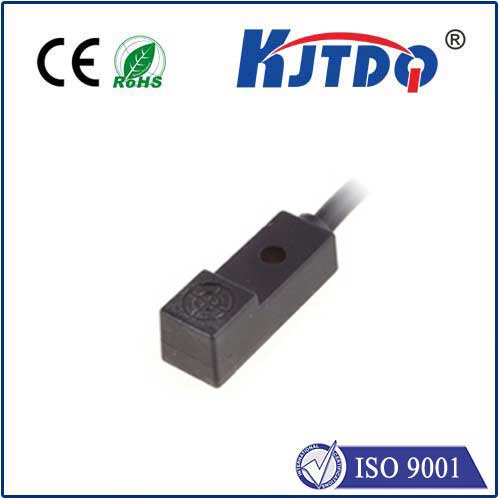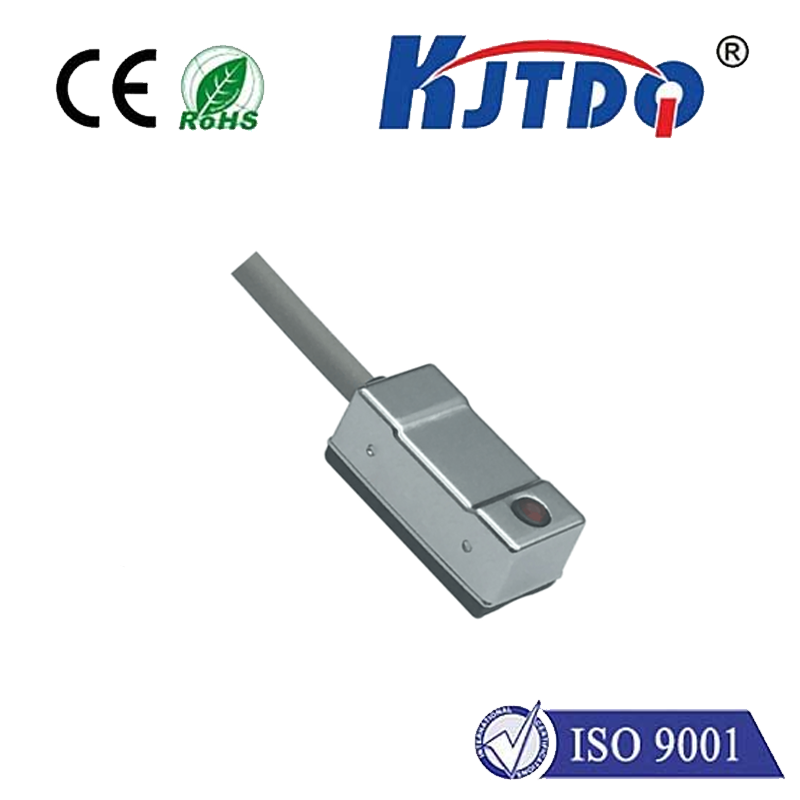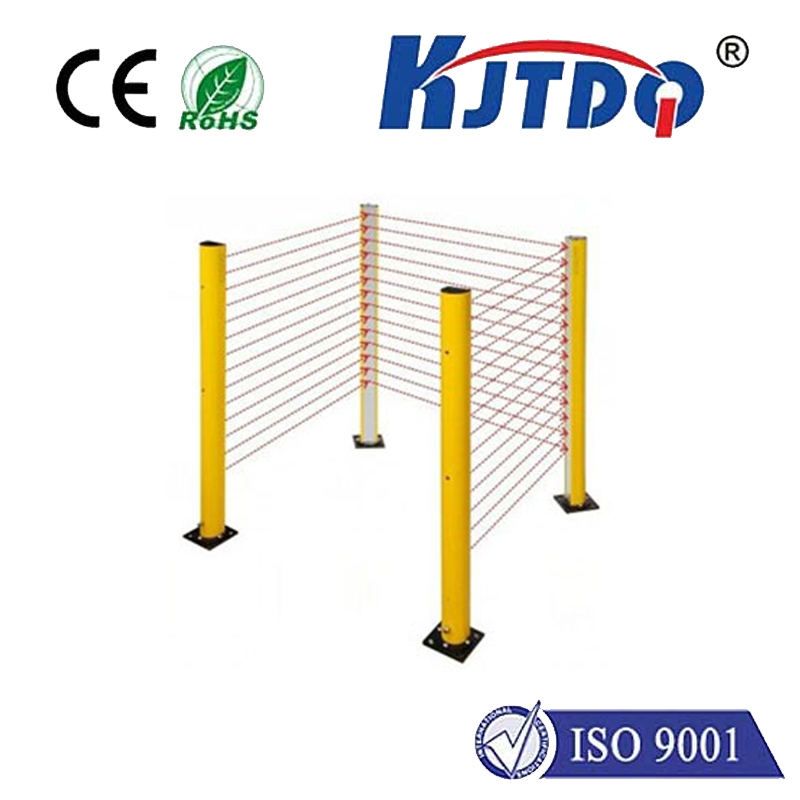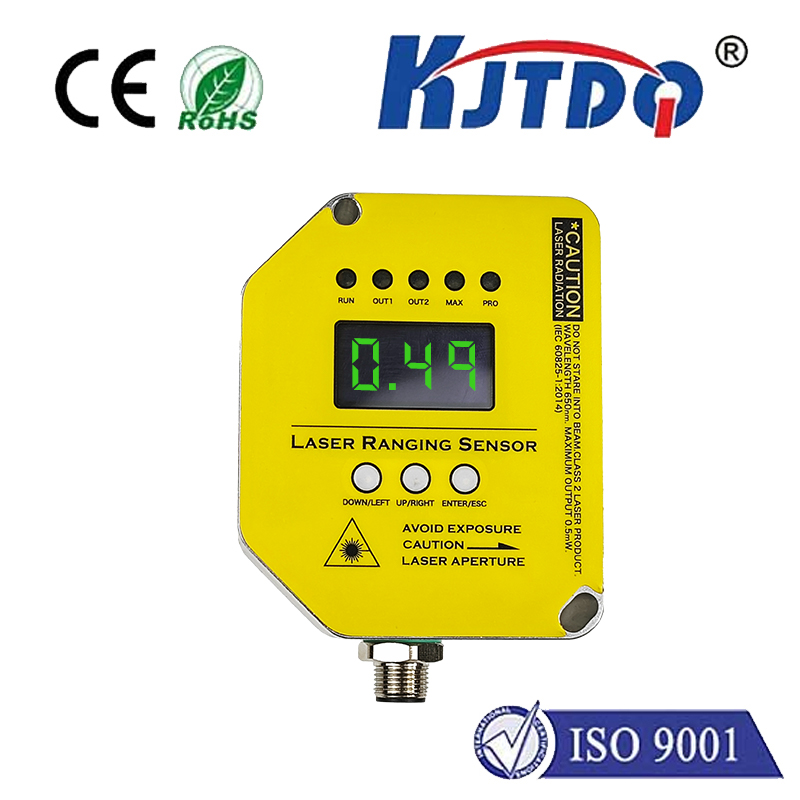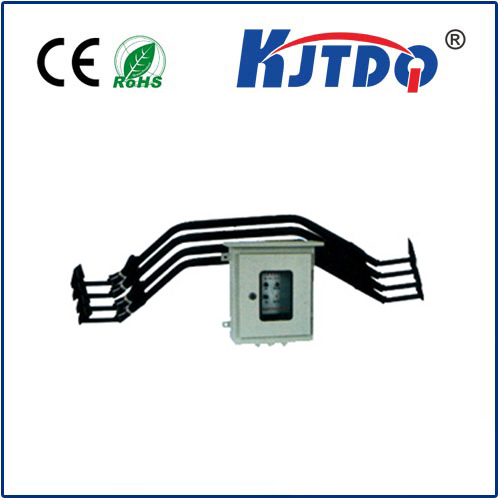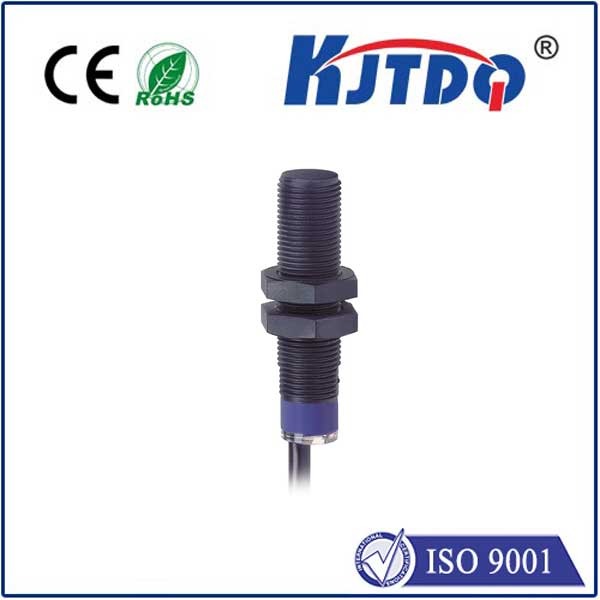
check

check

check

check
The Incredible World of Miniature Proximity Sensors In today’s technology-driven world, the demand for miniaturized and efficient components has never been higher. Among these essential components, the miniature proximity sensor stands out as a marvel of modern engineering. Let’s dive into the fascinating world of these small yet powerful devices and explore their significance in various applications.
A miniature proximity sensor is a compact device designed to detect the presence or absence of an object without physical contact. These sensors operate based on principles such as magnetic fields, capacitance, or inductance, enabling them to sense objects at close range with high precision. Despite their small size, miniature proximity sensors pack a punch when it comes to performance and reliability.
Miniature proximity sensors utilize various sensing technologies depending on their design. Here are some common types:
Capacitive Proximity Sensors: These sensors measure changes in电容 caused by the proximity of an object. They are highly sensitive and can detect non-metallic objects.
Inductive Proximity Sensors: Also known as eddy current sensors, these use电磁感应 to sense metallic objects. When a metal object comes near, it disrupts the electromagnetic field generated by the sensor, triggering a response.
Magnetic Proximity Sensors: These sensors rely on magnetic fields to detect ferrous objects. They are ideal for applications where detection of metal objects is crucial.

The versatility and compactness of miniature proximity sensors make them indispensable across various industries:
Automotive Sector: In cars, these sensors are used for everything from seat belt detection to tire pressure monitoring systems (TPMS), ensuring both safety and efficiency.
Consumer Electronics: Smartphones and tablets employ miniature proximity sensors to turn off screens during calls and detect ambient light levels for auto brightness adjustments.
Industrial Automation: In manufacturing, these sensors help monitor the position and presence of parts on conveyor belts, enhancing automation processes.
Healthcare: In medical devices, miniature proximity sensors ensure accurate patient monitoring and diagnostic equipment functionality.
Compact Size: Their small form factor allows integration into tight spaces and minimalist designs.
High Precision: Capable of detecting minute changes in proximity, ensuring accurate results.
Durability: Designed to withstand harsh environments, making them suitable for various industrial applications.
Low Power Consumption: Ideal for battery-operated devices, contributing to prolonged operational life.
As technology continues to advance, we can expect further enhancements in miniature proximity sensors. Innovations may include improved sensitivity, greater resistance to environmental factors, longer operational lifespan, and even more compact designs without compromising performance.
The miniature proximity sensor is a testament to how far we’ve come in sensor technology. Its ability to provide precise, contactless detection in a tiny package opens up endless possibilities across numerous sectors. As advancements continue, we can only imagine the incredible innovations that lie ahead, driven by these remarkable devices.
